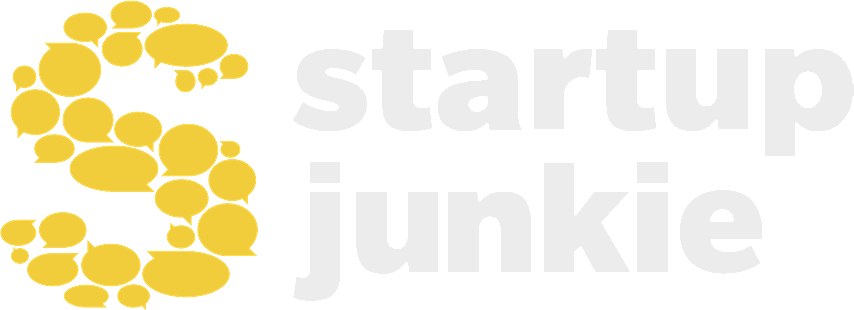Your goal as a business is to sell your product or service to your customers. But do you know who you’re selling to? Could you identify what their pain points are, their budgets, their spending habits, or even their process for discovering and purchasing a new product? Have you genuinely checked in with your customers recently?
If the answer is no to any of those questions, you’ve got some customer discovery to work on.
So what is customer discovery?
Customer discovery is the process of discovering who your customers are and what their pain points are. This information helps you to know if your product or business idea is actually a solution that will make people’s lives better, and more importantly, that they’ll pay for it. It’s vital for both early-stage startups and big companies developing new products. Customer discovery helps you to know if you’re headed in the right direction with your business or product before you invest a lot of time, effort, and money into it.
Customer discovery is not just sending out a survey that participants can fill out a few multiple-choice questions and submit; it’s actually going out and doing one-on-one interviews with potential customers to discover their pain points, purchase habits, and any other information relevant to your business.
One of the best ways to learn about customer discovery is by reading the book Talking to Humans by Giff Constable, which is now standard reading in university and accelerator programs around the world. In this book, he outlines five principles of customer discovery:
Start by aiming for 100 in-person interviews (yes, 100!).
It’s an achievable number and will give you a full picture of what people think about the problem you’re trying to solve. But don’t just go straight to your friends and family – they want the best for you and want to see you succeed, so there might be bias in their answers. Aim for at least one degree of separation between you and your subjects.
Don’t be afraid to get creative; think about where your potential customers might hang out, and go there. In Constable’s book, he uses the example of an aspiring entrepreneur who wanted to target the mothers of young children. Coffee shops felt too unfocused, and school pickup zones were busy and chaotic. Playgrounds worked relatively well, but she wasn’t able to get very much of anyone’s time. She finally started organizing events at a local spa and bought the participants pedicures and wine – the time of day worked as they could leave the kids at home with their partner, and the attendees were happy to talk while getting their nails done.
Face-to-face interviews are better than over-the-phone interviews.
You miss out on human connection and dozens of nonverbal cues when conducting interviews over the phone. By being face-to-face, you can read body language and build rapport much easier.
The second-best method if in-person interviews are impossible is video conferencing, because you can still interpret facial expressions. Phone calls should only be as a last resort, and email and text should be avoided entirely.
Ask open-ended questions.
Questions that start with what, how, and why allow the subject to take you through the conversation as they see it – with you to guide, of course. If you only ask questions that can be answered with a yes or a no, you’re not getting nearly as much information as you could.
Open-ended questions encourage the subject to tell a story about their experience. They might have more to add to the conversation than what you envisioned when generating the questions, and that’s okay! If you get to an area of interest where they’re freely elaborating, keep digging. This could take your research in a whole new direction.
Two interviewers is best.
Having a note taker along with you will make it much easier for you to focus on connecting with the person you’re interviewing. You can stay focused on the questions you want to ask and guide the conversation in the way it’s naturally progressing.
If you have to take your own notes, that’s okay too. Focus on just jotting down bullet points in the moment. Immediately after the conversation, build out the rest while it’s still fresh in your mind. If the interview subject is willing, you can also record the audio of the conversation and play it back for notes later.
Look for pain, not to sell your product.
Before even mentioning what your product does, get the subject to tell a story about a time they experienced pain with the problem your product solves. How did they go about finding a solution, and how did that solution work out? Ask follow-up questions about their emotional state during that time.
Once you mention your product (if at all), don’t go into the conversation wanting to hear all the amazing things about your product – mentally prepare yourself to hear some criticisms. If the subject has already found a solution to their problem that’s more convenient and more cost-effective than your product, that’s incredibly valuable information. It might be tough to hear at the moment, but think of how much heartache you’ve saved your future self from realizing people aren’t buying your product!
Throughout all of this, remember that the goal is discovery. It’s time to get creative and learn something about your customers that you didn’t previously know. The themes from the interviews will allow you to understand if your product is headed in the right direction or if it needs a complete overhaul before you invest even more time, money, and effort into it.



